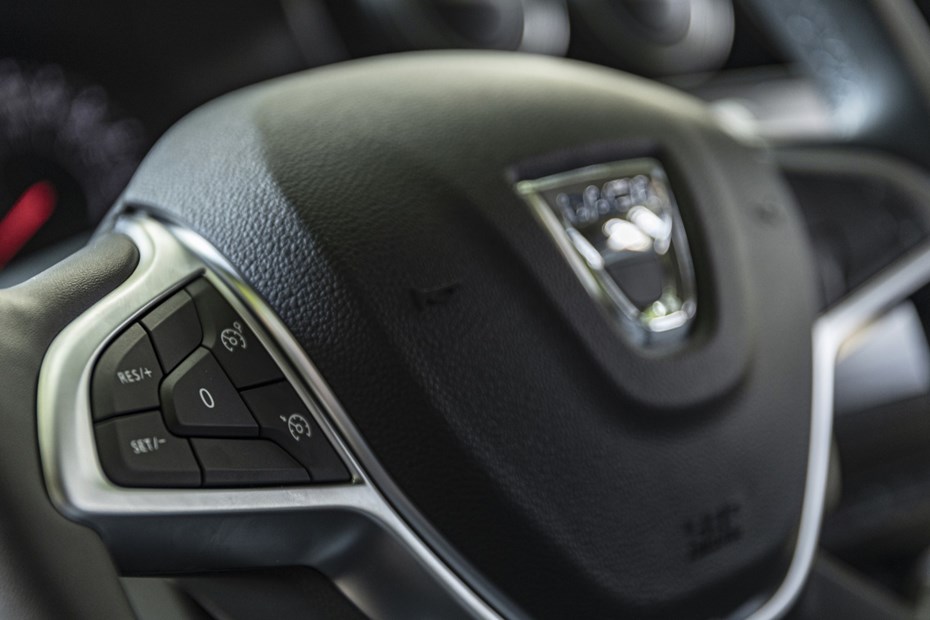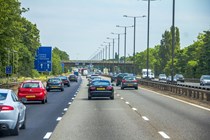Cruise control is a clever system that allows you to set a speed your car will maintain without you, the driver, having to press the throttle pedal. It’s most useful on motorways and other roads where you travel for long stretches at more-or-less the same speed. You’ll find it fitted as standard to pretty much every new car that’s currently available in the UK, and many older ones, too.
In this guide, we’re going to explain how cruise control works, how and when to use it and what benefits it brings to a journey. We’ll also discuss some of the more advanced variations of cruise control.
How does cruise control work?
Cruise control works by automatically adjusting the car’s throttle to maintain a set speed. Sounds a bit technical, so let’s make it live a little.
You’ll know that a car tends to slow down going uphill unless you press the throttle pedal down to compensate. When cruise control is active, sensors almost immediately detect the engine labouring under the strain of a hill and open the throttle to maintain speed.
Similarly, a car tends to speed up going downhill unless you press the brake pedal or change down a gear or two to use engine braking. Cruise control also detects when an engine starts to run faster on a downward slope and applies engine braking by closing the throttle – and/or changing down in cars with an automatic gearbox – to maintain speed.
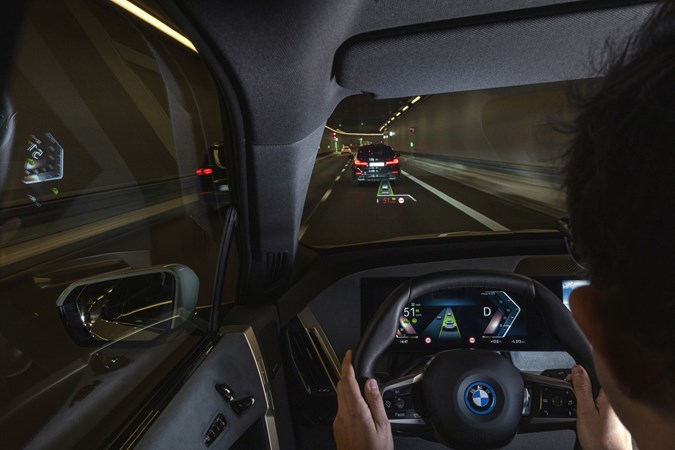
How do I use cruise control?
First thing to do is find the controls for your car’s cruise control. They’re generally on the left-hand steering wheel spoke or a stalk below the indicators. There’s a button to engage the system, another that activates it and plus/minus keys or a toggle switch to adjust the speed.
Once you’ve accelerated up to the speed you want to cruise at, press the button with a symbol that looks like a speedo. This engages the cruise control. You’ll see a red mark on the speedo and/or a message in the instrument display indicating the system is ready.
Next, press the button labelled SET or RES (resume) which activates the system. You’ll see a green mark on the speedo and/or a message saying the system is active. At that point, you can take your foot off the throttle pedal.
If you subsequently need to slow down, just press the brake pedal. That deactivates the cruise control; when you can speed up again, press the SET/RES button and the car will accelerate back up to the set speed.
Using cruise control can take some getting used to, indeed some drivers don’t use it all because they feel like they’re not fully in control of the car. However, cruise control can allow finer control over a car’s speed than the throttle pedal.
Once you’ve gained confidence in using cruise control, you can start experimenting with controlling the car’s speed with the plus/minus keys or toggle switch. A single press will increase/decrease speed by 1mph, pressing and holding usually gives a 5mph increment.
Using cruise control in this way can be less tiring and more efficient than using the throttle and brake pedals over the course of a long journey. In can also be a very effective way of slowing down quickly if you knock the cruise control down from, say, 70 to 50mph. However, nothing beats jumping on the brakes if you need to stop in an emergency.
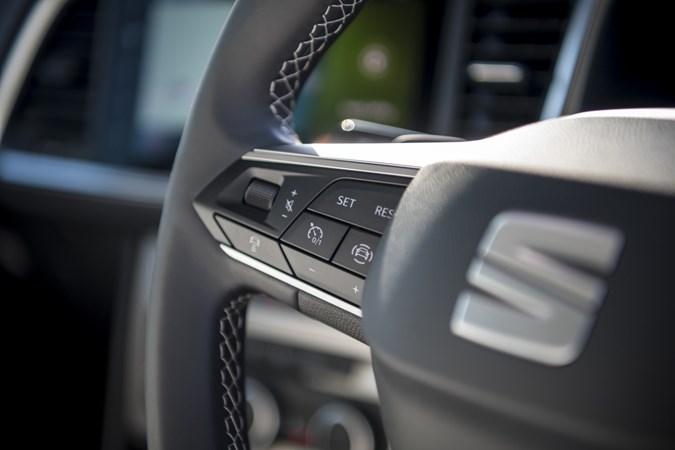
When should I use cruise control?
You can use cruise control whenever you want, however it’s most effective on roads where you can maintain roughly the same speed for long periods of time, primarily motorways and dual carriageways.
In many ways, cruise control is also very useful to have when the traffic flow is constantly speeding up and slowing down, because it gives you such fine control over the car’s speed. However, continually pressing buttons can become irksome, to the point it’s often easier to switch the system off and revert back to the pedals.

What are the benefits of using cruise control?
Even the best drivers cannot maintain exactly the same speed for mile after mile. That’s because our ankles simply can’t hold a throttle pedal in one position for much more than a minute or so at a time. As result, you will continually lift and press down on the throttle as you drive along. That constant slowing down and speeding up can be physically strenuous and it’s disastrous for fuel economy.
By taking over control of the throttle, cruise control takes some of the strain out of a journey by allowing you to relax your legs. We advise against taking your right foot away from the pedals entirely because you never know when you’ll have to intervene. However, you can at least hold your feet in a more comfortable position.
By maintaining a constant speed, cruise control also benefits a car’s efficiency. The system tends to err on the side of efficiency when accelerating, as well. How much an improvement it brings in extra miles-per-gallon over the course of a long journey varies from car to car, but the savings can be significant. Sadly, the principle doesn’t really apply to an electric car’s range.
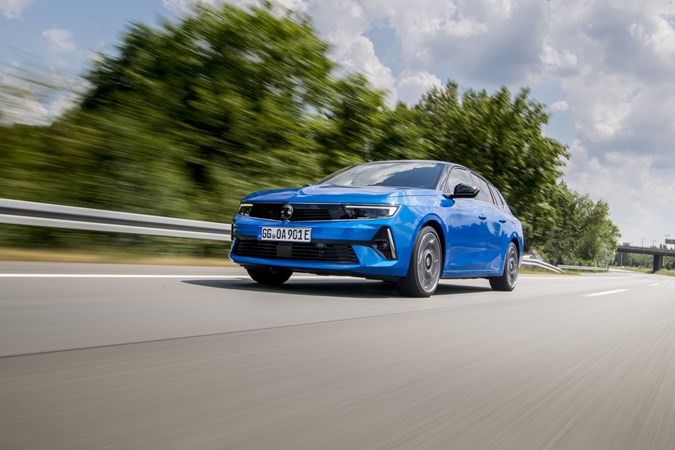
Which cars have cruise control?
Pretty much every car currently available to buy new in the UK is fitted with cruise control. You’ll find it everything from a supermini, to an SUV, to a sports car. It’s only absent from some bargain-basement base-spec models and specialist cars that have few, if any, electronic driver assistance features.
That’s been the case for the last decade or so, so there are loads of used cars with cruise control, as well. Go back to the 2010s and earlier, and you’ll generally only find cruise control on high-spec models.
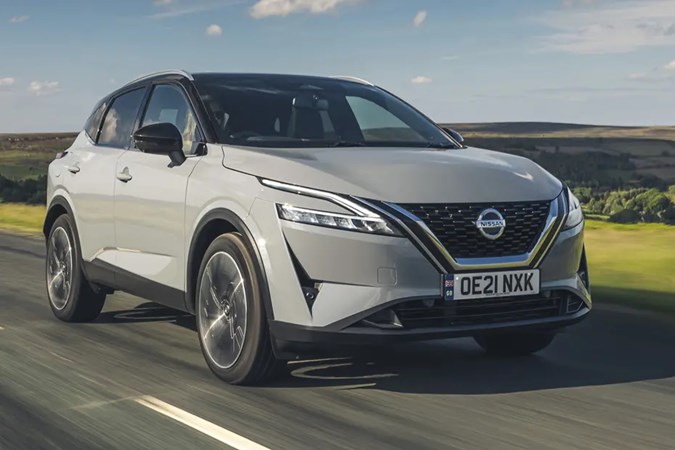
How is adaptive cruise control different?
Adaptive cruise control is a more advanced version of the system. It works in much the same way – you set the speed you want the car to maintain, and it does so. The clever bit is a suite of sensors that monitor any vehicle in front of your car and adjust the cruise control to match its speed. If it slows down, you slow down. If it speeds up, you speed up.
Looking for more jargon-busting motoring meanings? Head over to our Parkers Car Glossary page and take a look at our other definitions.
Just so you know, we may receive a commission or other compensation from the links on this website - read why you should trust us.


